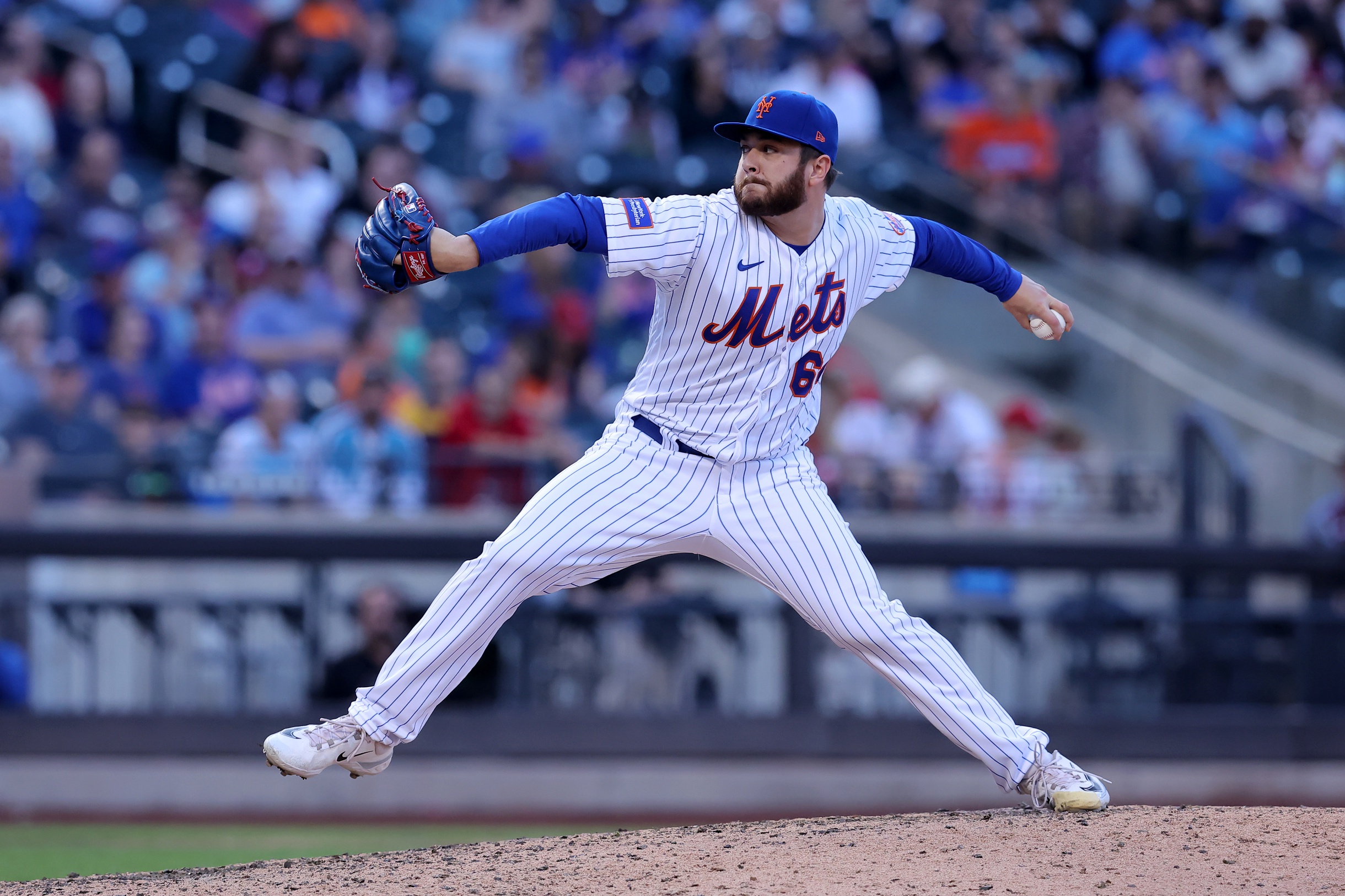If and when Noah Schultz and Hagen Smith are part of the same White Sox rotation, they probably won't pitch on consecutive days, whether because Will Venable wouldn't want opponents to get used to seeing slider-centric lefties, or because he wouldn't want to choose from the same pool of relievers for subsequent moves.
Neither concern registers as significant in the minor leagues, where top pitching prospects typically overwhelm even the most prepared teams, and bullpen appearances adhere more closely to even workload distribution rather than a leverage ladder.
The Birmingham Barons will take this freedom a step further today. They opened the season with Noah Schultz and Hagen Smith pitching the first two games, and thanks to a rainout on Thursday, both will take their second turns in a doubleheader in Chattanooga this afternoon.
As long as this continues to be the schedule, there's something to be gleaned from it. Watching them deal with lineups on consecutive nights makes it easier to compare the way their arsenals work, as well as what it looks like when one can access his Plan A, and the other has to figure out an alternate route.
The Knoxville Smokies actually harassed Schultz as much as any team has on Opening Night in Birmingham, touching him up for four runs on eight hits over four innings. All eight hits were singles, and some were soft, but they reflected a consistent game plan from an all right-handed lineup that had no intentions of pulling the ball.
"They have some bats in their lineup that aren't really impact bats," Birmingham pitching coach John Kovalik said of Knoxville. "A lot of guys that are more trying to work the middle of the field, not necessarily trying to lift the ball. He got a little sinker happy against some of those righties and it just kind of stayed on plane with the bat and fed into the approach that they were trying to do."
Also assisting the Smokies was the fact that Schultz didn't have a feel for his slider, which is a pitch that he usually can shape into both called and swinging strikes. The Smokies lineup looked like it was trying to swing at Schultz's two-seamers early to avoid fighting the slider, and then they ended up getting more two-seamers than imagined, giving them more chances at executing their plan.
"He was a little inconsistent with the slider, and I think we could have used the cutter a little more to protect the sinker a little bit," Kovalik said.
Eventually that pitch came into play, as well as the seam-effects changeup that helped keep the ball off the sweet spot well enough to get through four innings.

Smith had his own early struggles when he took the mound the following evening, but they had an entirely different flavor. Schultz has the superior control, so he got into jams by finding the wrong side of the plate with the pitch he was throwing a little too frequently. Conversely, Smith's location issues resulted in a hit batter and two walks. He also allowed a pair of easy stolen bases, one of which set up a run-scoring wild pitch, so that's a part of his game that needs some work.
But while Schultz had to compensate by moving to his third and four pitches, Smith eventually found the ears on his slider to throw it in any count, and once he did, the Smokies lineup grew disoriented in short order. Smith struck out the last six batters he faced, on a minimal 24 pitches and the minimum 18 strikes (eight called strikes, eight whiffs, two foul balls early in counts).
He finished his evening with the kind of line you only see from top pitching prospects, or accomplished MLB arms on rehab starts: 4 IP, 0 H, 1 R, 1 ER, 4 BB, 10 K.
Once Smith got rolling, it made it clear that a team seeing him and Schultz on consecutive days are seeing two entirely different animals. Their struggles take different forms, and so do their successes. Schultz is a marvel for his ability to command multiple pitches from an absurd wingspan, and when his best pitch is available to him, he gets both strikeouts and early-count grounders. Smith has the fastball that's less likely to be put into play, and the way he can change speeds and shapes on his slider makes you want to throw a flag for taunting. Look at this sequence:
That said, their biggest similarity -- a versatile slider -- didn't really come into play the first time around, so there's still unexplored territory to watch when both pitchers are deploying their best pitch as intended. If that happens today, it could be a very long night for the Lookouts.





